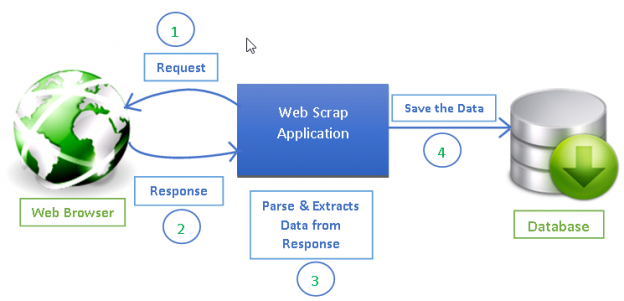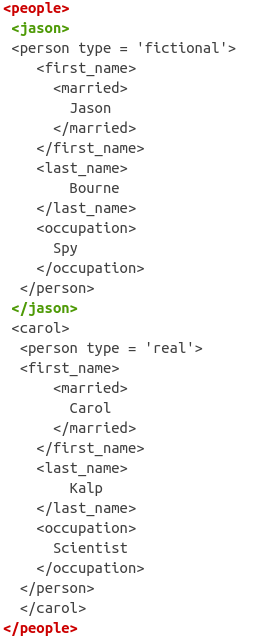- Web Scraping ¶ Web sites are written using HTML, which means that each web page is a structured document. Sometimes it would be great to obtain some data from them and preserve the structure while we’re at it. Web sites don’t always provide their data in comfortable formats such as CSV or JSON.
- Python-3.x web-scraping python-requests http-post. Improve this question. Follow asked Dec 21 '19 at 21:25. 149 1 1 silver badge 11 11 bronze badges. Thanks for that answer. Once I get a chance to try it I'll upvote your response. One thing that I don't fully understand is why you sometimes need to include this.
lxml and Requests¶

lxml is a pretty extensive library written for parsingXML and HTML documents very quickly, even handling messed up tags in theprocess. We will also be using theRequests module instead of thealready built-in urllib2 module due to improvements in speed and readability.You can easily install both using pipinstalllxml andpipinstallrequests.

Let’s start with the imports:
So web scraping, or web harvesting or web data extraction is like writing a script that will automate data extraction from websites in a matter of minutes! Why learn Web Scraping? Whether you're a data analyst, a web developer or even someone who wants to work as.
Next we will use requests.get to retrieve the web page with our data,parse it using the html module, and save the results in tree:
(We need to use page.content rather than page.text becausehtml.fromstring implicitly expects bytes as input.)
tree now contains the whole HTML file in a nice tree structure whichwe can go over two different ways: XPath and CSSSelect. In this example, wewill focus on the former.
XPath is a way of locating information in structured documents such asHTML or XML documents. A good introduction to XPath is onW3Schools .

There are also various tools for obtaining the XPath of elements such asFireBug for Firefox or the Chrome Inspector. If you’re using Chrome, youcan right click an element, choose ‘Inspect element’, highlight the code,right click again, and choose ‘Copy XPath’.
After a quick analysis, we see that in our page the data is contained intwo elements – one is a div with title ‘buyer-name’ and the other is aspan with class ‘item-price’:
Knowing this we can create the correct XPath query and use the lxmlxpath function like this:
Let’s see what we got exactly:
Requests Web Scraping For Prices
Congratulations! We have successfully scraped all the data we wanted froma web page using lxml and Requests. We have it stored in memory as twolists. Now we can do all sorts of cool stuff with it: we can analyze itusing Python or we can save it to a file and share it with the world.

Web Scraping Requests
Some more cool ideas to think about are modifying this script to iteratethrough the rest of the pages of this example dataset, or rewriting thisapplication to use threads for improved speed.
